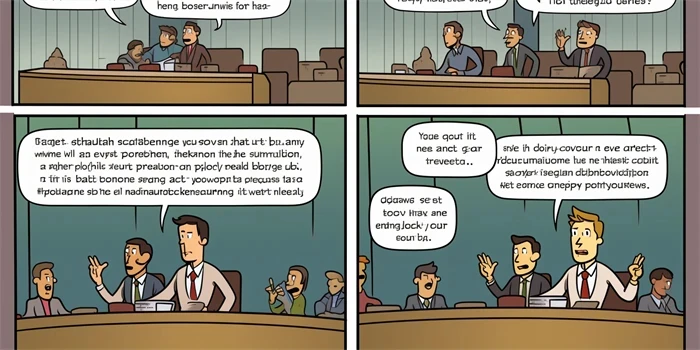In today’s digital age, technology has become increasingly sophisticated, blurring the lines between reality and virtuality. One particular area where this is prevalent is in our interactions with virtual companions. Whether it’s an AI-powered chatbot, a virtual assistant, or even a robot, it can sometimes be difficult to discern whether we are conversing with a real person or an artificial entity. In this article, we will explore this phenomenon from various angles, examining the characteristics, capabilities, and limitations of these virtual companions to determine just how close they are to mimicking human interaction.

The Turing Test: Gauging the Authenticity
To determine whether we are engaging with a real person or a virtual companion, one approach often used is the Turing Test. Proposed by British mathematician Alan Turing in 1950, this test involves having a human judge engage in a conversation with both a real person and a computer program. If the judge cannot reliably distinguish which is which, the computer program is said to have passed the test and can be considered indistinguishable from a real human.
Virtual Companions: The Capabilities and Limitations
Virtual companions come in various forms, from chatbots embedded in messaging apps to virtual assistants such as Siri and Alexa. While these virtual entities are designed to simulate human interaction, they still have limitations. Natural language processing algorithms enable them to understand and respond to a wide range of user queries, but their responses are often generated based on pre-programmed patterns and datasets, lacking true understanding or emotion.
In recent years, advancements in artificial intelligence have led to more sophisticated virtual companions, capable of learning from user interactions. These AI-powered companions can hold more natural conversations, adapting their responses based on individual preferences and context. However, they still lack certain human qualities, such as creativity, empathy, and intuition.
Companion Apps and Websites: A Comparison
When it comes to virtual companions, there is a myriad of apps and websites available, each with its own unique features and functionalities. Let’s take a closer look at three popular options:
1. Cleverbot
Cleverbot is an AI-powered chatbot that has been around since 1997. It uses conversational data from previous users to generate responses in real-time. While Cleverbot can engage in conversations on a wide range of topics, its responses can sometimes feel disjointed or nonsensical.
2. Google Assistant
Google Assistant is a virtual assistant developed by Google. It leverages Google’s vast knowledge base to provide information and perform tasks for users. With its integration across various devices and services, Google Assistant offers a seamless user experience and can handle complex queries effectively.
3. Replika AI
Replika AI is an app that aims to create a personal AI friend for users. It uses machine learning algorithms to learn from user interactions and simulate meaningful conversations. Replika AI focuses on building emotional connections with users, offering a supportive and empathetic virtual companion.
The Human Touch
While virtual companions are becoming increasingly sophisticated, there are still telltale signs that can give away their artificial nature. These include consistent response patterns, lack of emotional depth, and limited ability to deviate from pre-programmed scripts. Additionally, virtual companions may struggle with understanding cultural nuances, sarcasm, and ambiguous language that humans effortlessly navigate.
Moreover, the absence of physical presence and non-verbal cues further highlights the distinction between virtual and human interaction. Body language, facial expressions, and tone of voice play crucial roles in communication, shaping our understanding and perception of others. Virtual companions, on the other hand, rely solely on textual or auditory interactions, making it difficult to replicate the richness and complexity of human communication.
The Future of Virtual Companions
The field of virtual companions is constantly evolving, with advancements in AI pushing the boundaries of what is possible. Researchers and developers are working towards creating virtual companions that not only mimic human interaction but also possess emotional intelligence and creativity. These future companions could revolutionize the way we communicate and form relationships, offering companionship and support in unprecedented ways.
Frequently Asked Questions
1. Are virtual companions capable of learning from user interactions?
Yes, many virtual companions use machine learning algorithms to learn from user interactions and improve their conversational capabilities over time.
2. Can virtual companions replace human companionship?
While virtual companions can provide some level of companionship and support, they cannot fully replicate the depth and complexity of human relationships.
3. Are virtual companions programmed to deceive users?
No, virtual companions are not intended to deceive users. Their purpose is to provide assistance, entertainment, or companionship based on the user’s needs.
References:
1. Turing, A. M. (1950). “Computing Machinery and Intelligence.” Mind, 59(236), 433-460.
2. Johnson, A., Et. Al. (2018).淐leverbot?OpenAI. Retrieved from https://www.cleverbot.com/
3. Google Assistant. (n.d.). Retrieved from https://assistant.google.com/
4. Replika AI. (n.d.). Retrieved from https://replika.com/


